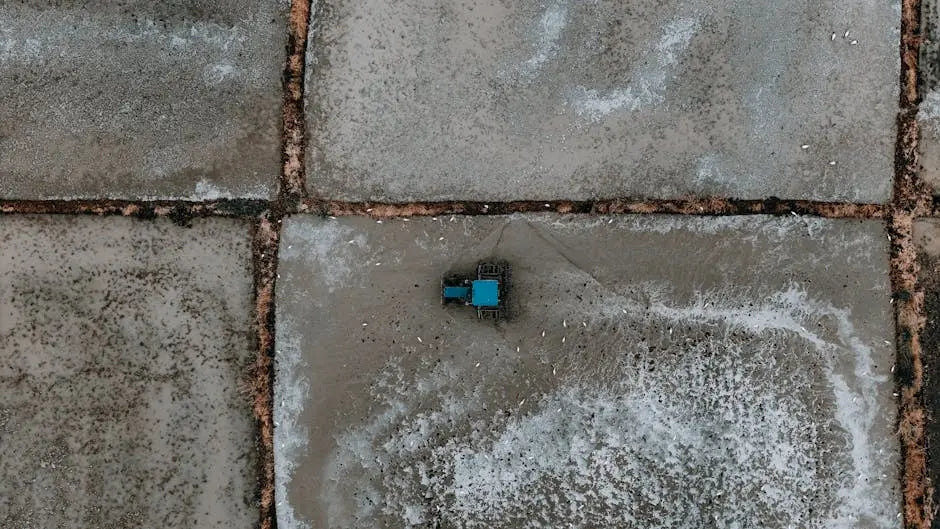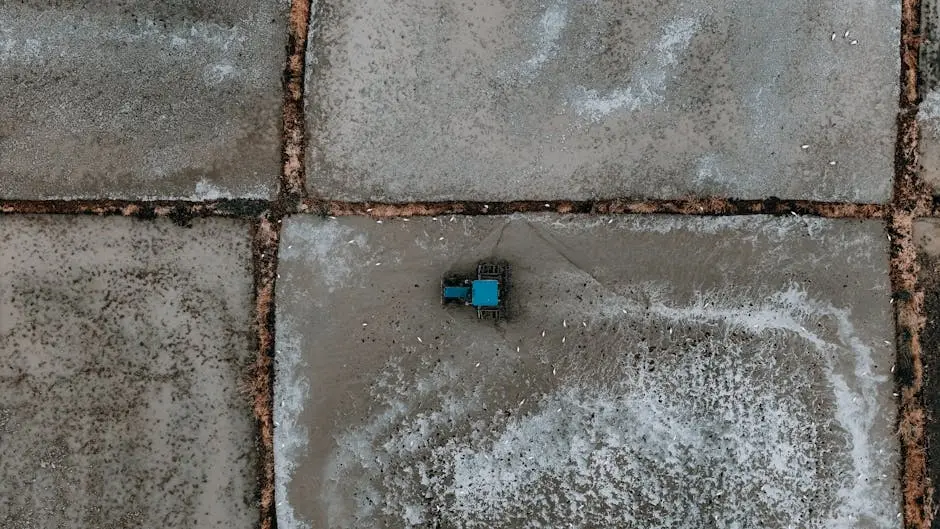
7 Ways Agriculture Drone Solutions are Transforming Farming Practices
Share
Farming has come a long way from the days of purely manual labor and simple tools. In recent years, technological advancements have ushered in a new era of smart farming, where agriculture drone solutions are playing a pivotal role. This modern marvel has equipped farmers with unprecedented capabilities, offering efficiency, precision, and sustainable practices. Let’s explore how these airborne assistants are revolutionizing the agricultural landscape.
1. Precision Crop Monitoring
Agriculture drones provide precise monitoring of crops through high-quality aerial imaging. They help farmers keep an eye on crop health, identify stress zones, and intervene before problems escalate, ensuring optimal yields. This ability to monitor crops from above offers a vantage point that ground surveys simply cannot match. Drones equipped with multispectral sensors detect variations in plant health and chlorophyll levels, enabling farmers to apply corrective measures immediately. This real-time data collection fosters a proactive approach to farming, preventing crop loss and improving overall productivity.
Moreover, the use of drones in agriculture brings about significant reductions in labor and time. Instead of the traditional method of walking through vast fields to conduct assessments, drones can survey vast areas within minutes, providing detailed analysis that would have taken days or even weeks. This efficiency allows farmers to focus their efforts on optimizing other areas of operations, making agriculture more sustainable and profitable.
2. Efficient Field Mapping
With drones, farmers can create accurate maps of their fields quickly. This enables better planning and management, helping them to allocate resources more effectively and reduce operational costs. The precision of drone-generated maps is unparalleled, offering granular details on topography and soil properties that guide planting strategies. These insights are crucial for precision agriculture, where every decision can significantly impact yield and sustainability.
3. Enhanced Irrigation Management
Drones can help in assessing irrigation patterns by mapping soil moisture levels. This allows farmers to customize watering schedules more precisely, conserving water and improving plant health. By identifying areas of the field that receive excessive or insufficient moisture, drones help adjust irrigation systems to deliver the optimal amount of water where it is most needed.
4. Streamlined Crop Spraying
Agriculture drones offer an efficient solution for crop spraying, ensuring even distribution of fertilizers and pesticides. This not only saves time but also minimizes waste and environmental impact. Traditional methods of chemical application often result in overuse of products, which can be harmful to the environment and expensive for the farmer. Drones allow for targeted application, reducing the amount of chemicals used and ensuring they are applied precisely where needed. This is especially beneficial in promoting sustainable agricultural practices and reducing the carbon footprint of farming operations.
Additionally, with drone technology advancements, farmers can manage spraying tasks in weather conditions that would typically hinder other equipment. This flexibility in operations enables farmers to respond quickly to pest infestations or nutrient deficiencies, safeguarding crop quality and quantity.
5. Livestock Monitoring
Drones equipped with thermal imaging cameras can monitor livestock, providing vital information about their location and health, which is particularly useful for managing large herds across vast areas. This real-time tracking facilitates quick responses to issues like injuries or illnesses, greatly enhancing animal welfare and farm productivity. Farmers can now oversee their livestock without needing to spend extensive time physically checking each animal, allowing them to manage their resources more efficiently.
6. Disaster Assessment and Management
In the wake of natural disasters, drones can quickly assess damage to agricultural lands. This rapid insight enables farmers to implement recovery strategies and apply for aid in a timely manner. Drones capture high-resolution images that reveal the extent of disaster impact, guiding farmers on which areas need immediate attention and what steps should be prioritized for recovery. This capability is critical in mitigating the long-term effects of disasters, ensuring that farming operations can resume as quickly as possible.
7. Data-Driven Decision Making
The data collected by drones can be analyzed to gain insights into long-term trends and patterns. This allows farmers to make informed, data-driven decisions that enhance productivity and sustainability. By understanding detailed crop growth patterns and environmental conditions, farmers can adjust their practices accordingly – from selecting the right crop varieties to altering planting schedules. The integration of drone data into farm management systems has revolutionized decision-making processes, enabling smarter, faster, and more precise agricultural operations.

